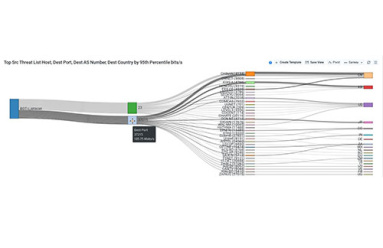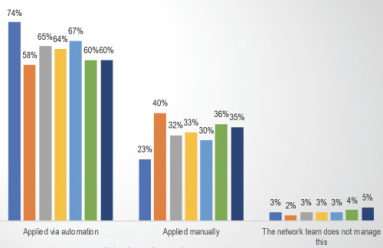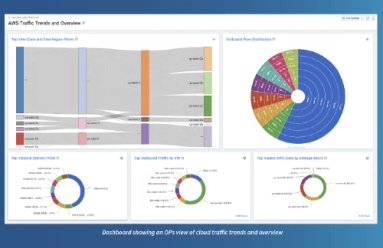Kentik Blog
























Kentik CTO, Jonah Kowall, explains the challenges inherent in ensuring visibility in the age of network overlays, plugins, and public clouds… and how Kentik addresses Kubernetes and other overlay technologies.
Kentik’s Aaron Kagawa explains why today’s network analytics solutions require new types of contextual data and introduces the concept of Universal Data Records. Learn how and why Kentik is moving beyond network flow data.
Customer success engineer Dan Kelly explains how Race Communications used Kentik’s powerful network analytics to identify malicious traffic associated with the Mirai botnet, determine which of Race Communications’ customer IP addresses were being exploited, save its online IP reputation and fend off other types of DDoS and botnet attacks.
Learn how to maintain multi-cloud visibility within hybrid and multi-cloud architectures, as well as the requirements for modern cloud monitoring tools.
As enterprises integrate their networks with their public cloud strategies, several best practices for network teams are emerging. In this guest blog post, Enterprise Management Associates analyst Shamus McGillicuddy dives into his recent cloud networking research to discuss several strategies that can improve the chances of a successful cloud networking initiative.
In this post, we provide an overview of a new research report from EMA analyst Shamus McGillicuddy. The report is based on the responses of 250 enterprise IT networking professionals who note challenges and key technology requirements for hybrid and multi-cloud networking.
Today almost every type of organization must be prepared to mitigate DDoS attacks and proactively defend their networks. In this post, we discuss our newly added BGP Flowspec support in Kentik Detect. This enables our customers to have the granularity needed to detect attack traffic in real time and mitigate attacks faster.
In this blog post, we provide a starting point for understanding the networking model behind Kubernetes and how to make Kubernetes networking simpler and more efficient.
Broadband providers must manage high infrastructure costs on a price-per-bit basis. Visibility into their network performance and security is critical. In this post, we dig into how that led Viasat, a global provider of high-speed satellite broadband services and secure networking systems, to tap Kentik for help.
Building a cloud application is like building a house. If you don’t at least acknowledge the industry’s best practices, it may all come tumbling down. Here we look at AWS’ Well-Architected Framework as a good starting point for building effective cloud applications and outline why having the right tools in place can make all the difference.









